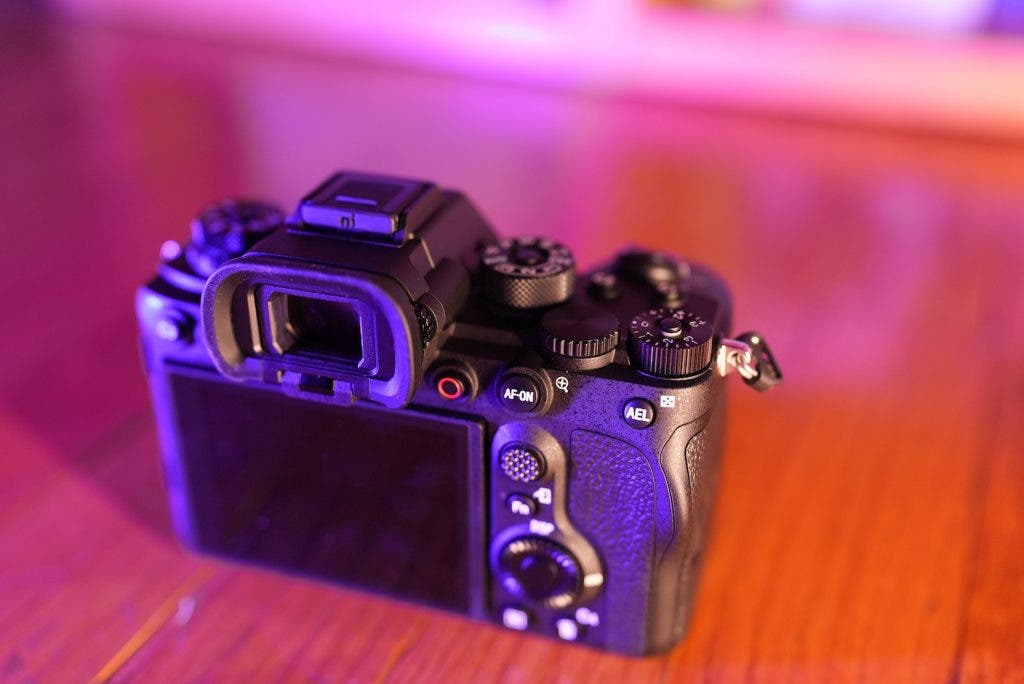

If you're not a video specialist then yes, a general stills/video camera like the Z6 will be a better choice, but that's not what this camera is trying to do.ĭedicated video bodies such as the FX6 are larger and cost more. It's a high-end video camera, whose capabilities become apparent if you're shooting in a demanding manner. So if you need to shoot Log for high dynamic range situations or your grade is going to amount to more than small curve adjustments, it's a lot more tolerant.

Or 120p, for 1/5th slow-mo.ġ0-bit footage is vastly more tolerant of grading than 8-bit is. It also opens up the option to shoot 60p, either for its own sake or to act as 1/2.5x slow-mo. However, the 4.2K region can be read out faster, which means less rolling shutter for capturing motion. That's got nothing to do with bitrates, it's just sampling theory. Video taken from a 6K region will be more detailed than footage taken from a 4.2 region. Improved AF, operating speed, feature set. 6100 to follow up as entry level camera with further improved AF tracking. Sony have a host of different cameras but not a lot of real variety to explain it."Įasy: A6000 inital camera. "Can people quantify off the top of their heads what this jumble of A6XXX cameras do or the differences between a Mk I, II, III and IV Sony camera in the same series? They all look the same. Go figure which one is less hard o understand. FF&APSC from Sony are "outnumbered" by the plethora of Fuji APSC models. Even above that I listed the FEW camera models from Sony with the differentiar between those. "Interesting someone has come up with a list of Fuji cameras exactly describing their role. See the Well you ARE quite confused when you post such nonsense: We've prepared a sample gallery of images using a near-final a7S III.

We're not quite so convinced about it as a stills camera, but it's a powerful addition to the market. The a7S III lives up to its impressive specs, providing a highly versatile video creation tool. And Raw video has promise, but requires some workflow planning. Its DR, while good, doesn't quite live up to the promise, but is easy to access. We found the a7S III's video AF is very good but not quite as foolproof as in stills. We've shot our studio test scene in both stills and video modes, to let us examine the camera's detail capture and presentation. The a7S III has a dual gain sensor and produces impressively low rolling shutter times.
SONY ALPHA SHUTTER COUNTER SERIES
The a7S III offers a series of new features such as 10-bit internal video and Raw video output but the changes go much deeper.Īlongside a host of ergonomic improvements, which includes greater use of the touchscreen, Sony has significantly redesigned its menu system. This is a $500 premium over 2015's Mark II but still $500 lower than the launch price of the Panasonic Lumix DC-S1H, which we see as its closest competitor.

SONY ALPHA SHUTTER COUNTER FULL
Sony's alpha 7S Mark III is the third iteration in the most video-focused of the company's a7 series of full frame cameras.


 0 kommentar(er)
0 kommentar(er)
